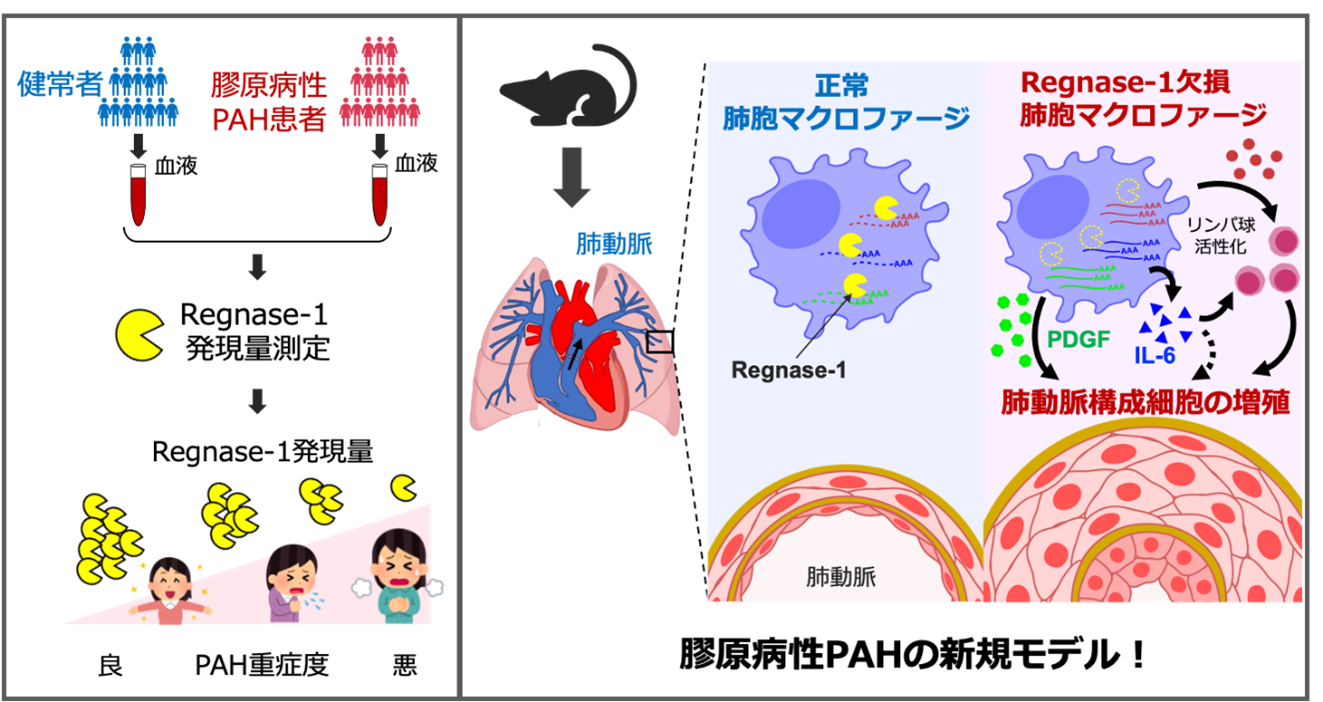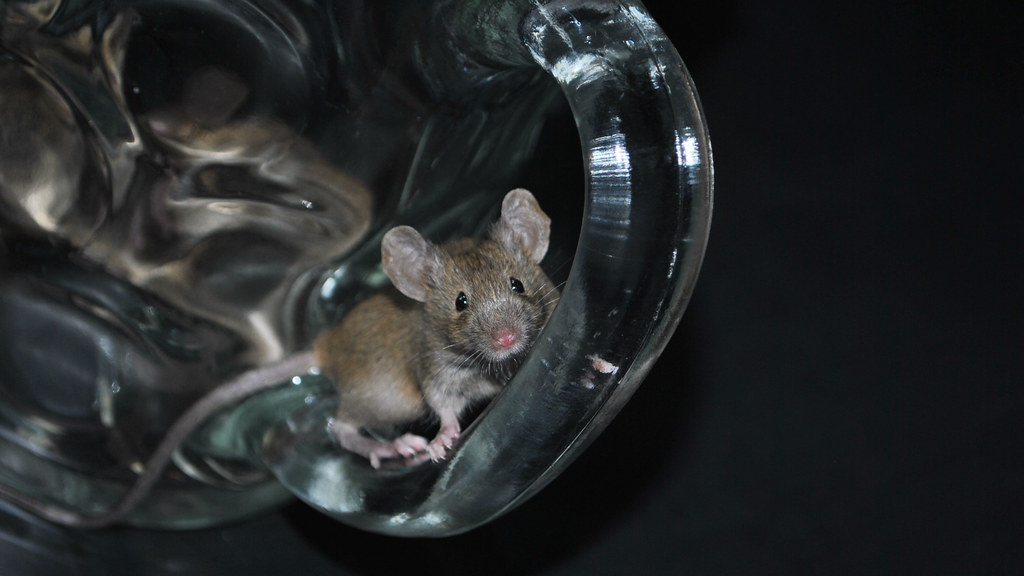石サンゴは、環境ストレスから身を守るために、洗練された内蔵型換気システムを使用している Stony corals use a refined built-in ventilation system to protect themselves from environmental stressors
2022-08-23 マックス・プランク研究所
専門家たちは、革新的な新しい手法で酸素の軌跡を追いました。その結果、酸素を発生させる藻類は、調査したサンゴの間で決して一様に分布しているわけではないことがわかった。ある場所は、他の場所よりはるかに密度が高かった。
この発見は、サンゴとその周辺の物質移動に関する従来の理論に反するものだ。
最先端の監視技術のおかげで、それがどのように行われるのかが正確にわかったのだ。
サンゴの表面にある小さな毛(繊毛)を一斉に動かすと、小さな渦ができる。ポリプは、藻類が豊富な場所を換気するために、海流を形成することができる。そのために、ポリプは酸素の少ない水を、藻類の密度が高い場所に上方から送り込み、酸素をチャージする。その結果、上向きに発生した渦はサンゴから離れ、水柱の上方で酸素を放出する。研究チームは、コンピュータモデルを用いて、サンゴの表面における拡散と繊毛運動の相互作用をシミュレートした。その結果、藻類の近くに局所的な渦を発生させることで、石サンゴの表面は臨界酸素濃度にさらされる面積を半分に減らせることがわかった。
<関連情報>
- https://www.mpg.de/19125878/0825-mbio-vital-ventilation-154772-x
- https://www.cell.com/current-biology/fulltext/S0960-9822(22)01220-9
サンゴの繊毛流は、光合成酸素の生産量が多い場所を目標に換気する Ciliary flows in corals ventilate target areas of high photosynthetic oxygen production
Cesar O. Pacherres,Soeren Ahmerkamp ,,Klaus Koren,Claudio Richter,Moritz Holtappels
Current Biology Published:August 23, 2022
DOI:https://doi.org/10.1016/j.cub.2022.07.071

Highlights
- Chlorophyll in the coral tissue is higher in the coenosarc and lower in the mouth.
- O2 in the DBL shows an inverse distribution from that of Chla.
- Ciliary vortices at the coral surface carry O2 from areas of high to low production.
- Cilia-generated vortices may help minimize oxidative stress inside the coral tissue.
Summary
Most tropical corals live in symbiosis with Symbiodiniaceae algae whose photosynthetic production of oxygen (O2) may lead to excess O2 in the diffusive boundary layer (DBL) above the coral surface. When flow is low, cilia-induced mixing of the coral DBL is vital to remove excess O2 and prevent oxidative stress that may lead to coral bleaching and mortality. Here, we combined particle image velocimetry using O2-sensitive nanoparticles (sensPIV) with chlorophyll (Chla)-sensitive hyperspectral imaging to visualize the microscale distribution and dynamics of ciliary flows and O2 in the coral DBL in relation to the distribution of Symbiodiniaceae Chla in the tissue of the reef building coral, Porites lutea. Curiously, we found an inverse relation between O2 in the DBL and Chla in the underlying tissue, with patches of high O2 in the DBL above low Chla in the underlying tissue surrounding the polyp mouth areas and pockets of low O2 concentrations in the DBL above high Chla in the coenosarc tissue connecting neighboring polyps. The spatial segregation of Chla and O2 is related to ciliary-induced flows, causing a lateral redistribution of O2 in the DBL. In a 2D transport-reaction model of the coral DBL, we show that the enhanced O2 transport allocates parts of the O2 surplus to areas containing less chla, which minimizes oxidative stress. Cilary flows thus confer a spatially complex mass transfer in the coral DBL, which may play an important role in mitigating oxidative stress and bleaching in corals.


